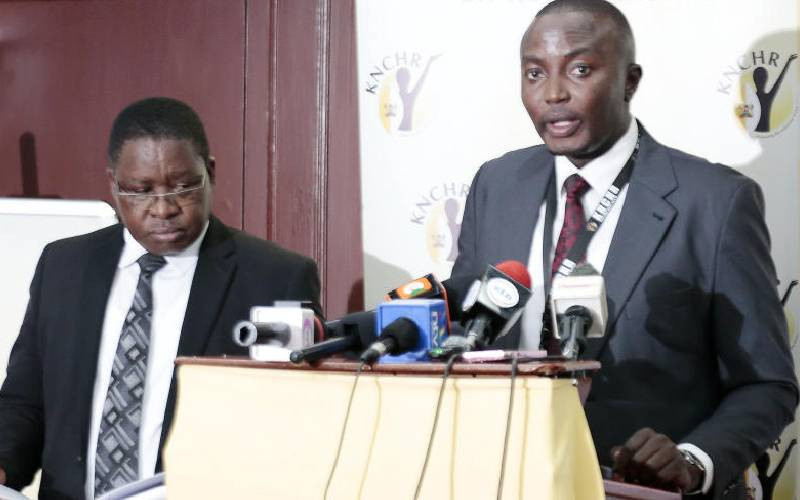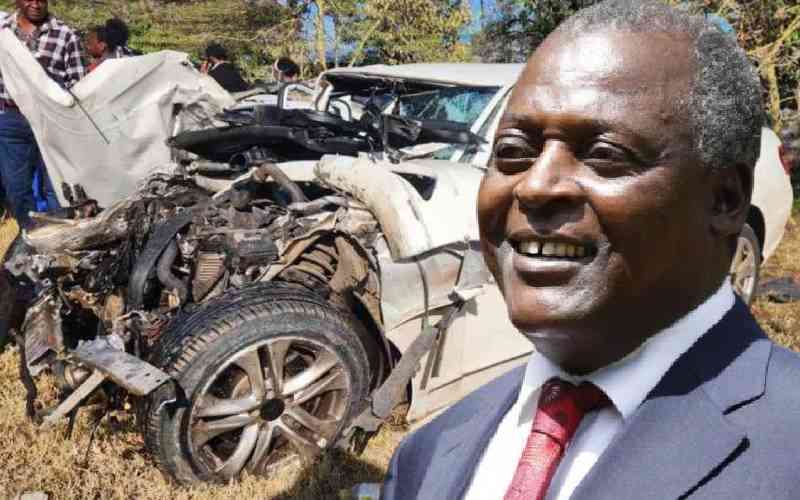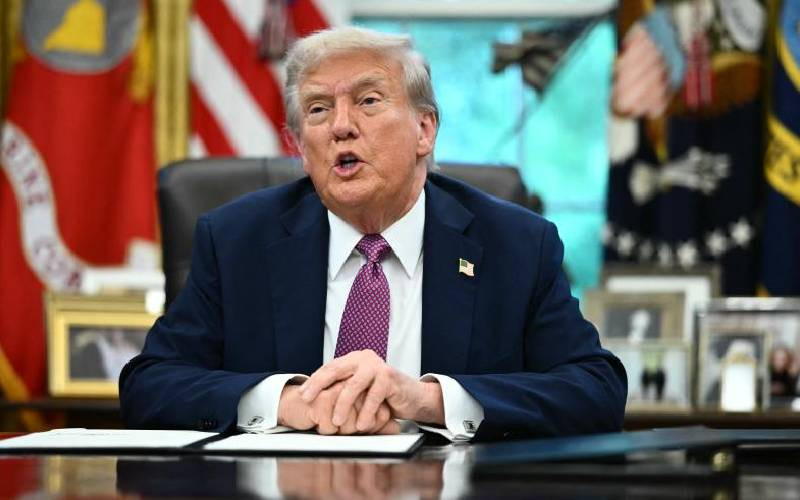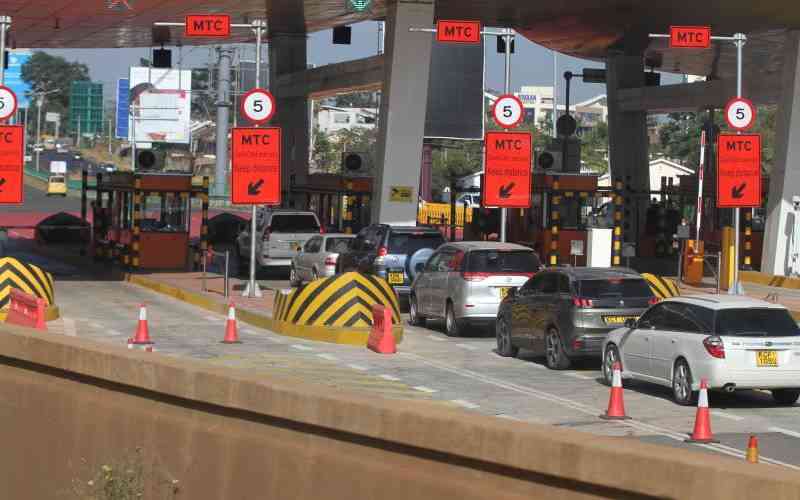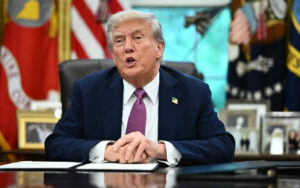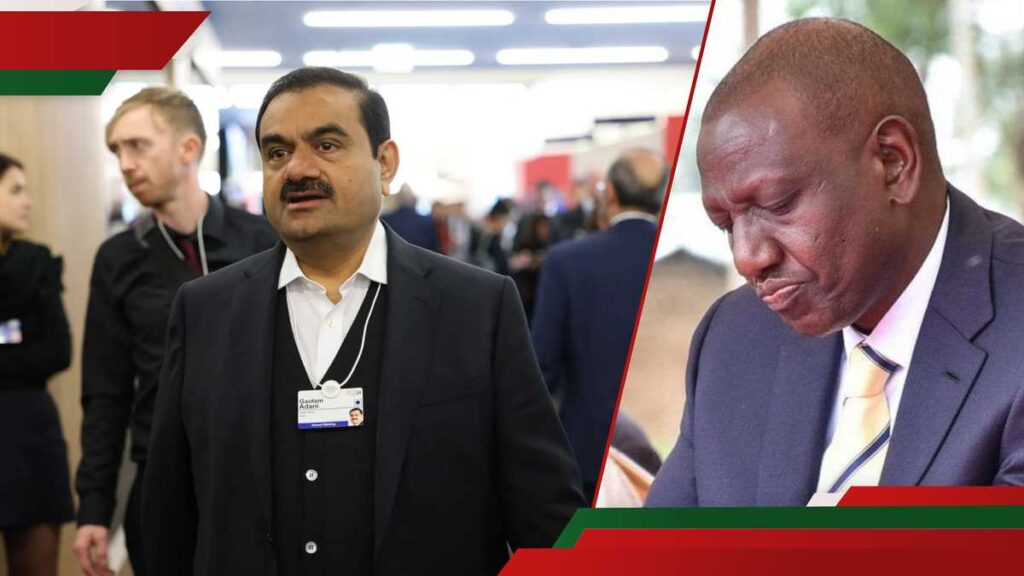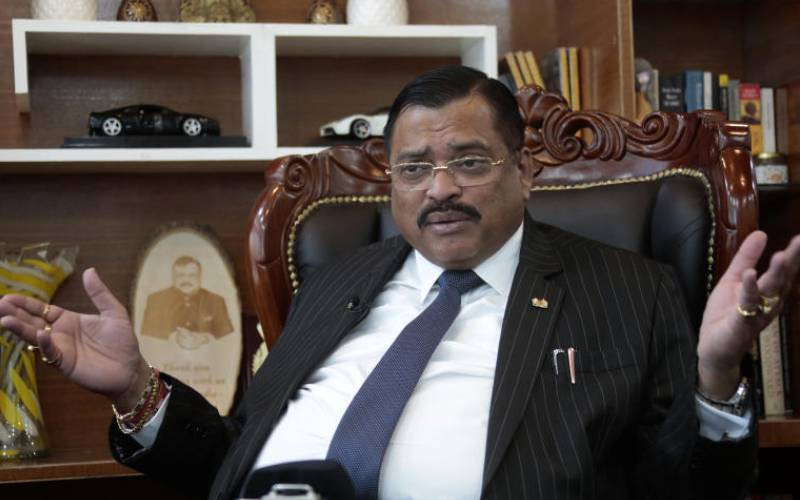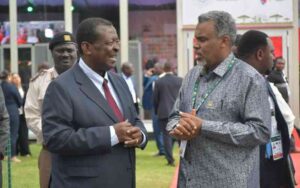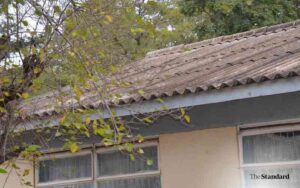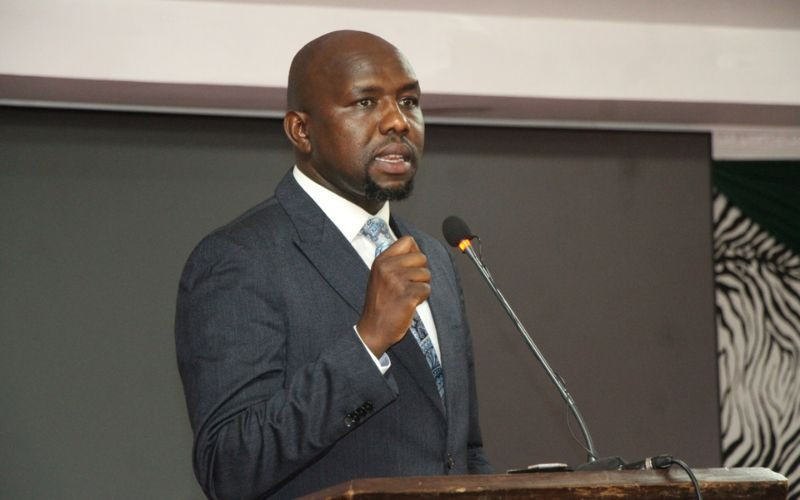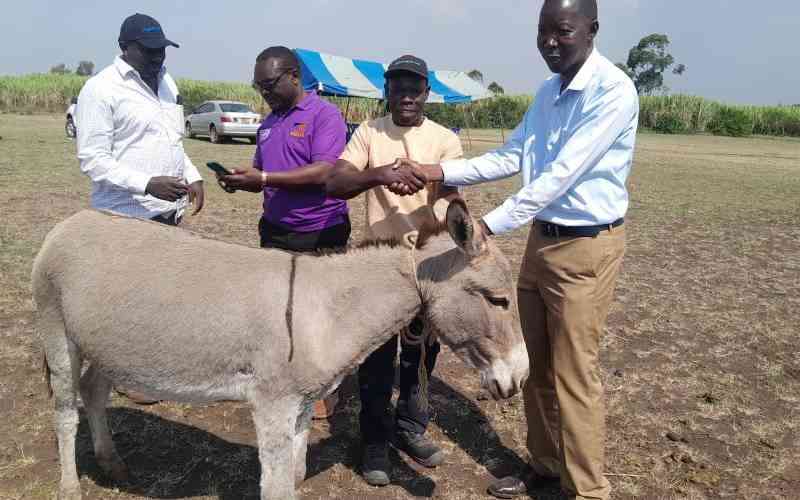Faced with shrinking incomes from the Road Maintenance Levy Fund(RMLF), decreasing donor funding, the threat of electric vehicles (EVs) and a decrease in vehicle registration, the government plans to select and construct some roads to be paid for use.
For this to be successful, the government has come up with a Draft Tolling Policy to guide the process.
A report by the technical working committee of the draft policy will be presented to the Cabinet as a memo.
If approved, it will be presented to the National Assembly to be voted for or shot down.
The committee went across the eight regions to collect views from Kenyans on the policy before holding a validation workshop in Nairobi last week.
Toll roads existed in the 1990s but were later removed and replaced with RMLF, which is primarily financed by a levy charged on the volume of fuel (petrol and diesel) consumed.
Kenya Roads Board (KRB) is responsible for collecting and distributing the RMLF to various road agencies.
An increase in July last year of the levy from Sh18 per liter to Sh25 caused a countrywide outcry and near public service vehicle strike, and thus the government sees increasing it often is not sustainable.
According to the policy, the reasons for toll roads are to improve the quality of service and safety enhancement and act as an additional source of revenue for developing, maintaining and rehabilitating our road infrastructure.
It will also deal with congestion management through congestion pricing.
The benefits to the public, it says, will be improved connectivity that will stimulate socio-economic growth, enhanced road safety and reduced accidents.
Others will be enhanced quality of life, improved emergency response times, enhanced environmental sustainability by reducing carbon emissions and alleviation of the burden placed on the exchequer.
Tolling will target mostly the Northern corridor from Mombasa to Nairobi and Nakuru and Eldoret, which often experience heavy vehicular traffic.
Stay informed. Subscribe to our newsletter
There are also plans to include bridges, causeways, tunnels and other major crossings whose toll tariffs will be set on a project-by-project basis.
Already, Nairobi Expressway is a toll road, with plans underway to construct Rironi-Mau Summit along Nairobi-Nakuru-Eldoret highway, Usahihi Expressway from Nairobi to Mombasa and Dongo-Kundu MSA Southern Bypass road to be toll roads.
Toll rates will be set to recover the costs of development and or operation and or maintenance of the road in a sustainable manner by ensuring affordability, and therefore, such roads shall not be eligible for RMLF funding.
Tolling will be implemented relatively by ensuring that different user groups are treated equitably.
Users must perceive value in paying the toll, and it will not be mandatory for the government to provide a dedicated toll-free alternative.
However, appropriate measures, including subsidies and discounts, will be taken to guarantee affordability.
This is an issue that raised a lot of heated debate during the workshop, where transport operators rooted for an alternative road and not force Kenyans to pay to use the toll roads.
Roads’ high traffic volumes to be candidates for tolling and where deemed feasible, revenue risks to be allocated to the toll operator or else shared.
The tolling system shall be transparent with clarity about how toll rates are set and collected and where toll revenues are allocated.
The government will ensure interoperability between different tolling systems and will be compatible with the National Tolling System.
“This means that one card that will be used on Usahihi Express will be used on Rironi-Mau Summit road to ensure convenience,” said Eng.
Kefa Seda, director general of the Public-Private Partnerships (PPP) at KeNHA, during the validation workshop.
The tolling systems are expected to be financially sustainable, with the collected revenue covering operational costs, which should not exceed 15 percent of total revenues.
The government will establish a clearing house with a dedicated fund, where all toll revenues shall be channeled.
Toll rates will be subjected to review every three months based on inflation and foreign exchange currency changes. The policy will be reviewed every five years.
Where commercially viable, a toll operator can develop auxiliary services to complement the toll revenue streams.
The government will endeavor to, as far as reasonably applicable, promote the use and acquisition of local content.
Where financially and economically feasible, toll charging points will be positioned to avoid tolling local vehicles making short local journeys.
Introductory discounts for Electronic Toll Collection (ETC) users will be considered to support efficient tolling operations.
Some vehicles may be eligible for discounts and incentives, which may include those with high occupancy, both public and private vehicles, based on the reduction of congestion and emissions.
Frequent road users, Seda said, will get discounts often, which will be approved by the Roads and Transport Cabinet Secretary in consultation with his National Treasury Economic Planning counterpart.
Until a suitable free-flow tolling system is implemented, roads identified for tolling will be tolled by way of conventional toll charging points (cash, debit or credit cards) and a prepaid payments system.
The design and location of toll charging points will be determined based on the characteristics of each road and the need to maximise revenues.
The impact different vehicle types have on road asset construction and maintenance costs will be considered.
Same as external impacts of road use, including congestion and pollution and relevant government policy objectives, including those related to balancing different modes of transport.
Some vehicles may be exempt from the payment of tolls, and these shall be approved and gazetted by the Roads Cabinet Secretary.
They may include military and police vehicles and equipment, ambulances, and fire service vehicles.
All exempt vehicles will be required to obtain and present a valid tag to claim their exemption.
In an emergency, military, police, ambulance, and fire service vehicles will not be delayed, even if they are not equipped with the appropriate tag.
Exceptions to these exemptions may be permissible if required to meet traffic, congestion or network management objectives.
Proposals to exempt school buses and vehicles with persons living with disability(PWDs) was rejected and therefore, they will pay toll fees.
“Everybody pays school fees, and therefore, toll fees will be passed on to parents in terms of school fees and on PWDS, they are exempted from taxation, and you might find that some are much more capable people without disabilities,” said Seda.
On the operation of the toll roads, the agency responsible for a toll road may outsource toll collection to a private operator to enhance efficiency and improve competitiveness.
Toll operators will be entitled to impound and impose a penalty fee on vehicles failing to pay tolls and on overloaded axles or vehicles.
A centralised payment system will be established to cover all toll roads whose revenues are channeled to the National Toll Fund. Clearing House services may be outsourced to a specialist private operator.
The construction of the toll roads will be funded by the private sector, who will invest to get returns on investment and already, pension schemes are angling for the pie.


